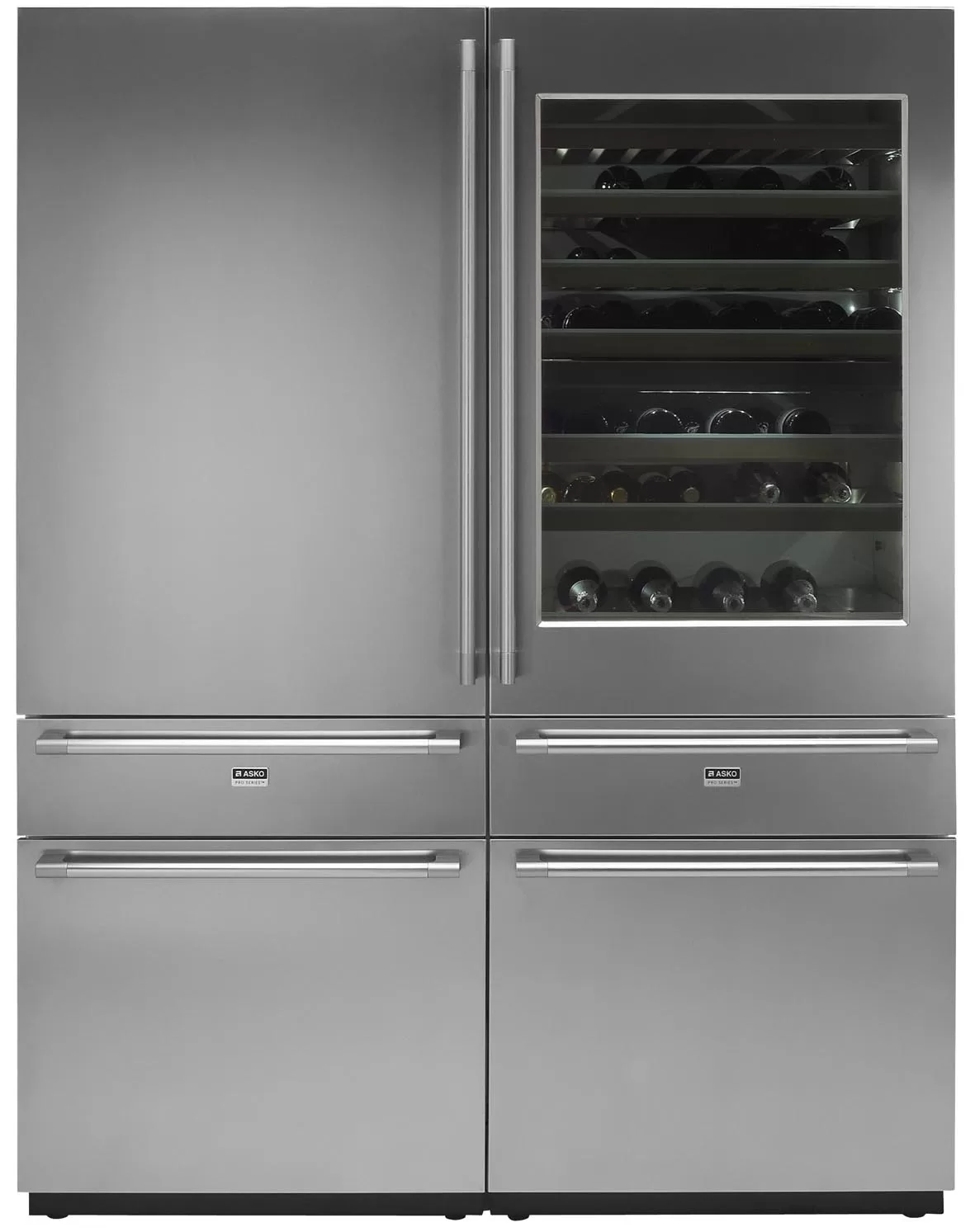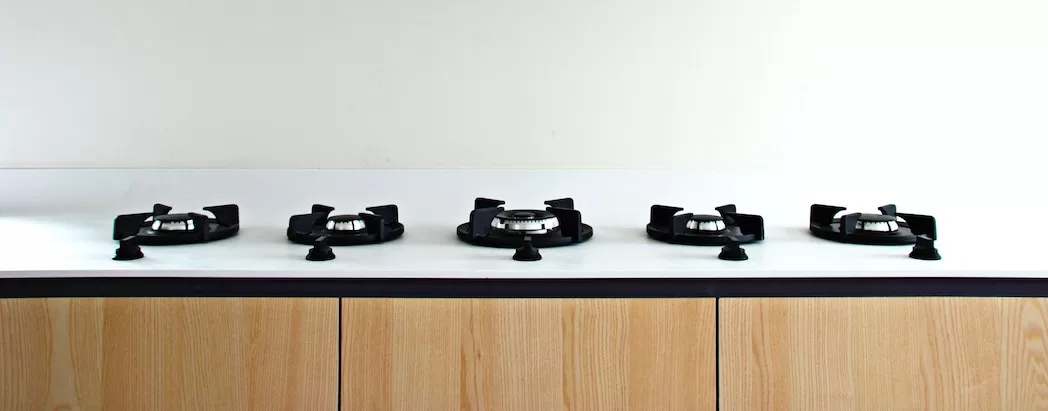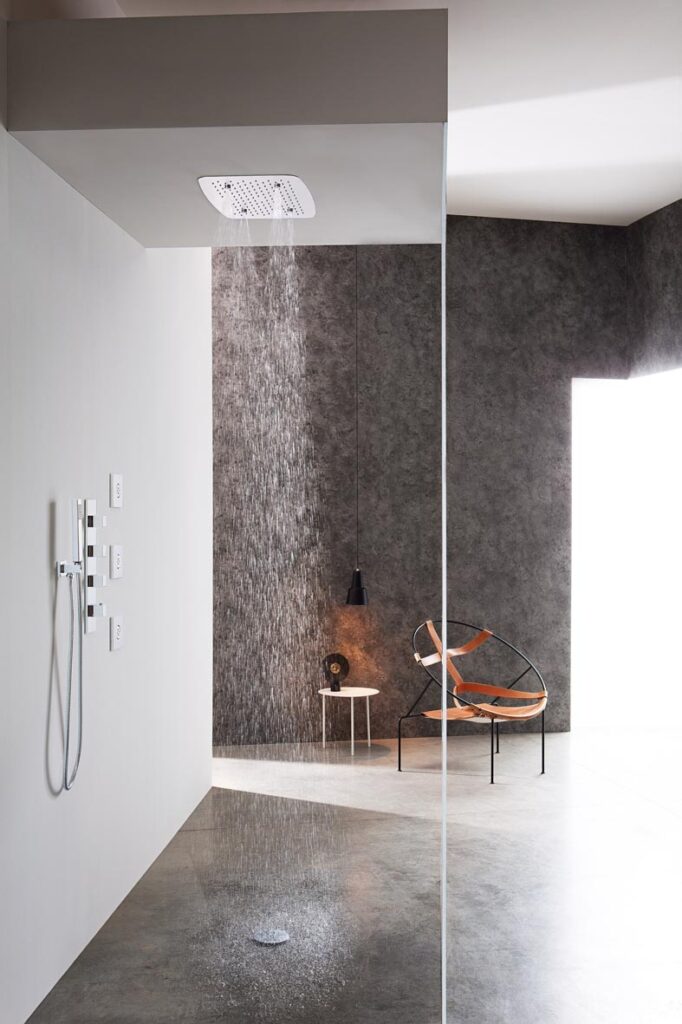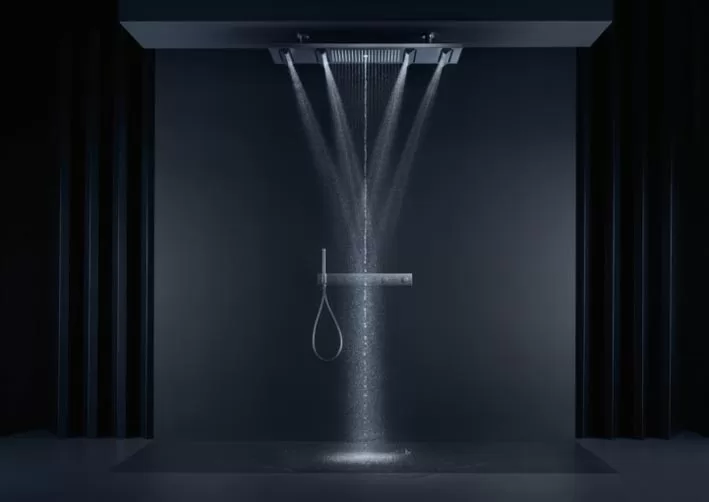In this opinion piece, Katie Mills from Poshh.co.uk looks at the impact of technology on households and occupants and how this will impact the way in which we design our interior spaces and specify products for homes.
There’s no doubt homes are getting smarter. Up until recently, in terms of kitchens and bathrooms, the microwave was probably as high-tech as it got. But, with the increase of internet-connected and Bluetooth-equipped products, now seems like a good time to pause and consider the impact of all this technology on households and occupants.
In the kitchen
The kitchen is often home to the laundry area and a dishwasher as well as a sink, and tea/coffee-making facilities as well. This means kitchens can often process more water than bathrooms. So water-management with the help of smart technology is likely to be a big feature in technological developments over recent years. It is very likely there is going to be an increased emphasis on separating waste water which needs to go to the sewers from waste water which can be recycled for domestic purposes, e.g. cleaning the home or watering plants. And this may need to be supported by changes to standard domestic plumbing.

Food storage is also likely to be an area which is ripe for improvement with the help of smart technology. It is no secret that a lot of food is wasted because it winds up effectively hidden out of sight, and then ultimately becoming out of date and needing to be thrown away. One way to use technology to deal with this is to delegate the responsibility for food-inventory management to smart devices. This process has already begun with the development of fridges and freezers which can tell when a home is running low on a particular product and alert the home owner, or even reorder the product. Over the coming years, expect to see this idea being extended, possibly to the point where the traditional division of pantry, fridge and freezer becomes eliminated and we simply have smart storage systems which customise their surroundings to their contents for maximum shelf life as well as keeping track of what they hold and by when it needs to be used.

Likewise we may start to see a blurring between the hob and the countertop to accommodate the fact that, as homes become smaller, kitchens become smaller and hence the value of multi-functionality increases. Smart countertops which can switch between cooking areas and work areas as required will help to provide the flexibility needed for today’s modern lifestyles.
In the bathroom
Just as in the kitchen, water management is likely to become a huge issue in bathrooms, moving on significantly from simply having toilets with two different types of flush. We’ll see the development of toilets with much more sophisticated flushing and self-cleaning systems as well as greater conveniences, such as toilet seats which warm up automatically when they detect someone approaching. Likewise we will see the continued move towards motion-sensitive faucets in private bathrooms (instead of being mainly used in commercial spaces) as a means to reduce water waste by ensuring that water is only turned on when it is actually needed.

Water management will be just one aspect of how showers cabins and tubs will develop, albeit a very important one. Right now, the water temperature in a shower or tub has to be set manually each and every time it is turned on. Thankfully, in the case of showers, we now have thermostats to ensure that the temperature stays how we like it, although baths still need to have their temperature topped up manually. This will change in the future as both showers and baths remember user settings and apply them automatically unless they are specifically instructed to do otherwise or they detect a reason why they should do otherwise. So, for example, they will remember that users like cooler, gentler, showers in the morning but hotter, brisker ones when they come in from the gym of an evening.

Tubs will retain a place in the homes of those with larger bathrooms, but showers will maintain their position as the place for people to get clean and will continue to expand the level of functionality they offer. Right now, hydrotherapy showers and steam showers are still fairly niche products, but they are on the cusp of going mainstream and, as they do, it is highly likely that we will see them working in partnership with apps for smartphones and tablets in the same way as premium fitness equipment already does and for much the same reason.
Bathrooms have long since moved on from being just places to get clean and become genuine home spas in which members of a household take care of their health and wellness and showers are excellent places to measure meaningful health indicators such as weight and heartbeat and convey the information (via Bluetooth or some other network technology) to an app which keeps track of them.
For more information visit poshh.co.uk








































